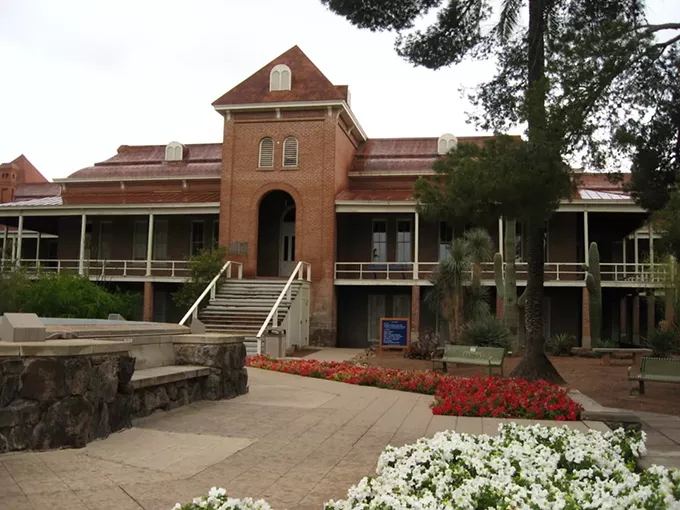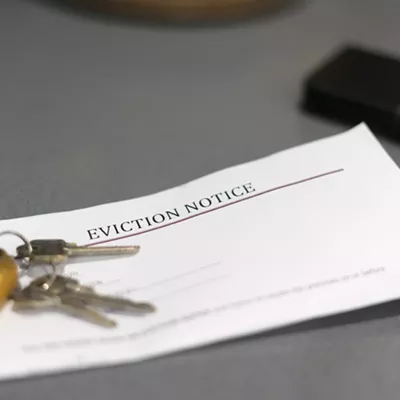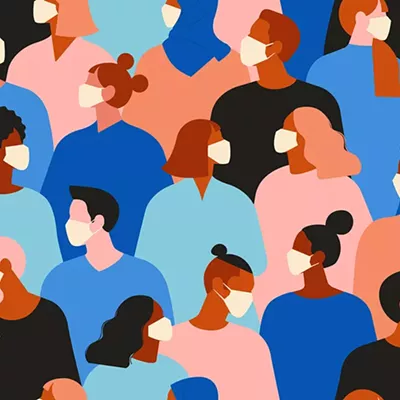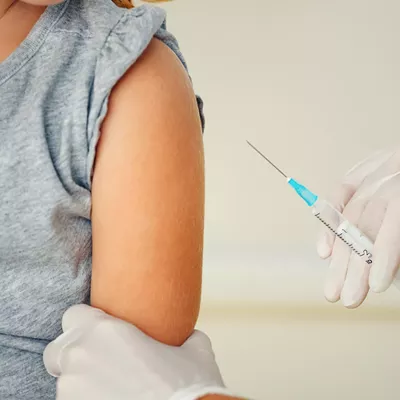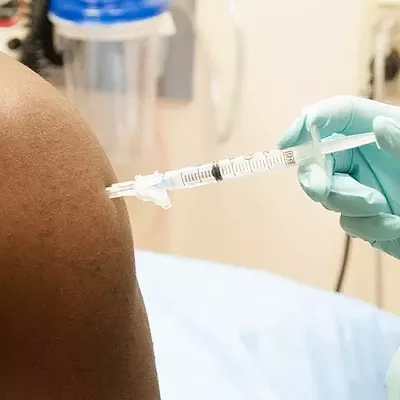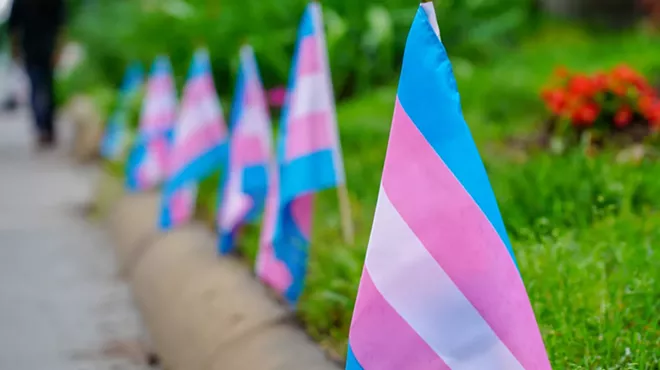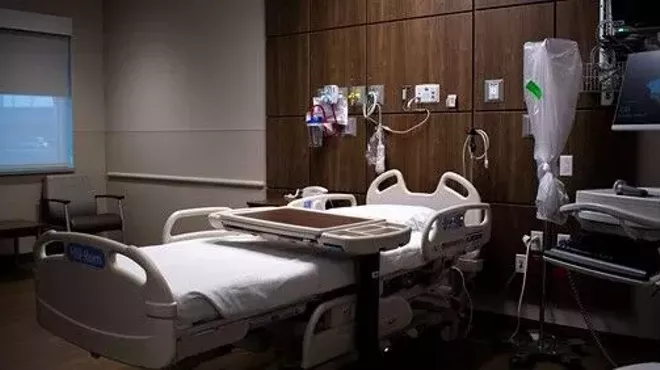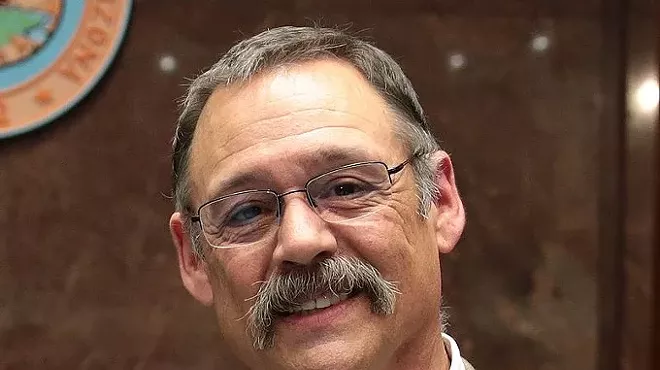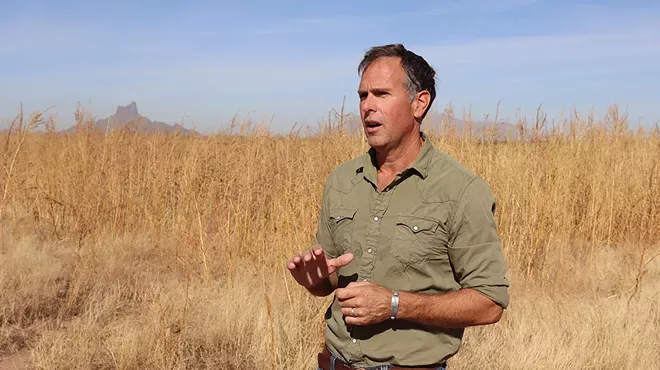Wednesday, May 27, 2020
UA Officials Provide More Details on Campus Reentry Plan
University of Arizona President Dr. Robert Robbins was joined by a panel of university leaders from different disciplines to talk about their plan to reopen the campus on August 24.
As before, Robbins and Dr. Richard Carmona, a former US Surgeon General who is tasked with directing the campus reentry plan, said their plan is to reopen the campus as safely as possible. Robbins said their intention is to open the campus back up for the fall semester, but they will not reopen unless it's deemed safe to do so.
There are 89 days left until the beginning of the fall semester. Robbins hopes to have a final answer about reopening by the 60-day mark so that students can have time to plan their living situations and other matters.
The university hopes to come to a final decision in concert with local and state officials considering the present risk of transmission. Carmona said they will use the epidemiological data of Southern Arizona to drive their decisions.
“Many colleges and universities are struggling with this now, making decisions just empirically to open or not open because of the fear, the uncertainty,” Carmona said. “But I think this is truly an academic approach to be able to take the thought leaders in our university, challenge them to come up with the best practices, aggregate that data, bring it forward so that the incident management team can sort through it, and then come up with a plan ... to ensure that we mitigate risk and are optimally prepared to open our university when [Robbins makes] the decision.”
UA Provost Liesl Folks talked about the university’s emphasis on making sure the return to campus is as flexible as possible. She said they will be working to ensure lower occupancy in dorms that can accommodate social distancing, and all university classes will be flexible between in-person and online instruction.
“Students that are very comfortable coming into face-to-face instruction are able to do that and can get a full campus experience and a full, rich, engaged learning classroom experience, but if they need to step out of that for any reason, either because they’re in a high-risk category or because they might have come into contact with somebody who’s tested positive and so they need to quarantine for 14 days, then we’ll provide for them an opportunity to continue learning through remote and online means,” Folks said. “They’ll still be able to engage with their class, they’ll still be able to engage with their faculty members, but they’ll be able to do that from their homes.”
Folks said the university needs to be prepared to move in and out of face-to-face instruction as the circumstances dictate. Everyone in the university will be required to wear face masks indoors at all times unless they’re in their own separate office. Folks said the data is showing “unambiguously” that indoor spaces cause a much higher risk of spreading the disease than outdoors.
Kacey Ernst, an associate professor and program director of epidemiology at the UA College of Public Health, explained that the university is in early development stages of a new text-based platform called the Wildcat Wellness Check, which will allow community members to communicate with UA about their physical health on a daily basis. The platform will be able to direct users to resources if they are feeling ill.
“What we’re hoping that this will do is to provide a sort of pulse of what’s happening on campus,” Ernst said. “Without knowledge, without knowing what’s actually happening on campus we can’t react as quickly or as nimbly as we would like.”
She added that this software could also let the university know if people are having trouble with accessing personal protective equipment, conducting physical distancing or other challenges and allow them to respond quickly.
Ultimately, Ernst said understanding people’s perspectives and opinions about the virus and how they plan to come back to campus is crucial in order to move forward.
Along with this effort is a new Bluetooth contact tracing app being headed by Joyce Schroeder, the department head and professor of molecular and cellular biology. While manual contact tracing is still going on, this new app will be available for anyone in the university community who wants to download it.
The app allows you to self-report if you have been diagnosed with COVID-19 while keeping all users completely anonymous. It will interact with other people’s phones in the community to alert if you have come in contact with an infected person. The use of the app will not be required by the university, but they strongly encourage that a majority of people use it in order to better prevent more transmissions.
“It’s up to you, nobody is going to force you to use this,” Shroeder said. “But we’re going to hope that everybody uses it because the more people on campus who use this technology, the safer we’re all going to be.”
It is unclear how the university expects to prevent the spread of the disease considering that young college students have already been seen gathering in large numbers at bars and restaurants, and doing other close-contact socializing outside of school.
Katherine Ellingson, assistant professor of epidemiology and biostatistics at the UA College of Public Health, said the university will be creating messages about social distancing to distribute to the student population, and there are even talks about a training session that will help students understand the risks of the virus, even though they are in a relatively low-risk age group.
Robbins ended the press conference by saying that the university will remain receptive to the state of COVID-19 spread in the larger Southern Arizona community when making decisions about reopening campus or not. He added that although there is capacity in the healthcare sector right now, he’s not even sure that Arizona has seen its first wave of the virus.
Tags: COVID19 , Coronavirus , University of Arizona , UA , Campus Reentry Plan , Robert Robbins , Image


